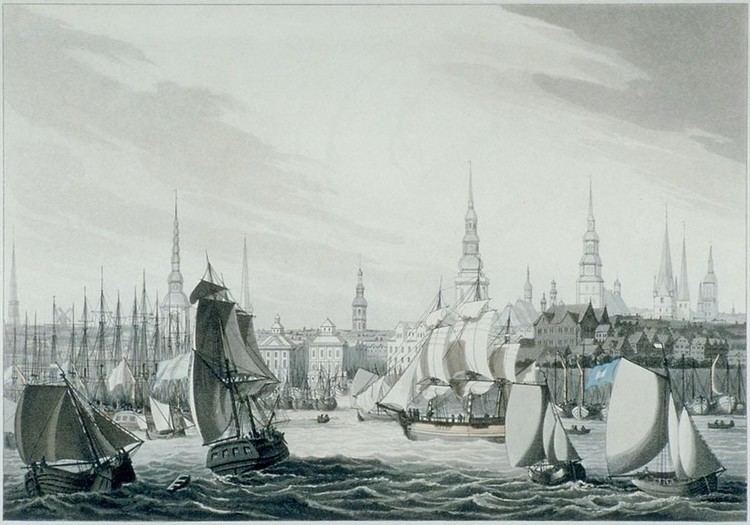Phone +49 40 4395413 | ||
 | ||
Hours Open today · Open 24 hoursThursdayOpen 24 hoursFridayOpen 24 hoursSaturdayOpen 24 hoursSundayOpen 24 hoursMondayOpen 24 hoursTuesdayOpen 24 hoursWednesdayOpen 24 hoursSuggest an edit Similar Neue Flora, Davidwache, Operettenhaus, Millerntor‑Stadion, Thalia Theater | ||
Hamburg rote flora polizei verhindert demonstration 21 12 2013
The Rote Flora is a former theatre in the Sternschanze quarter in Hamburg. It has been squatted since November 1989 in response to a decision to turn it into a musical theatre.
Contents
- Hamburg rote flora polizei verhindert demonstration 21 12 2013
- History of the building
- History of the political project
- Current uses
- References
History of the building
The theatre was built in 1888 and named Tivoli-Theater. Soon thereafter, it was renamed Concerthaus Flora, and eventually became the Flora-Theater. It was used for concerts, operettas, and revues. Being one of the few theatres in Hamburg not damaged during World War II, it continued to host performances until 1943. During the last few years of the war, the theatre was closed and used for storage, but soon reopened after a renovation in 1949. From 1953 to 1964, the building was used as a cinema with around 800 seats; the department store 1000 Töpfe then moved in and remained until 1987.
History of the political project
After the department store closed, musical producer Friedrich Kurz came forward with plans to turn the empty building into a musical theatre. However, residents, shopkeepers and autonomous groups responded negatively and, within months, the protest grew. Nevertheless, the historic building was partly torn down in April 1988. The protests continued and culminated in violent assaults by militant groups. The need for police protection and the negative response in the media eventually caused the investors to abandon the plan.
Until the following summer, what remained of the building stood vacant, although several groups that had been involved in the protests had ambitions to renovate and reuse the theatre. In August 1989, the city unexpectedly offered a six-month lease to these groups. After the lease was official, the Rote Flora opened on September 23, 1989. However, the lease was soon declared obsolete and the Rote Flora was declared as squatted on November 1, 1989. Since then, the Rote Flora has functioned as a cultural centre, offering space for cultural and political events. The project is financed by donations and fundraising events and administrated independently.
Between 1990 and 1991, the project turned the deserted rear of the building which had been the construction site into a park. However, the city planned to build flats on the site, and eventually an eviction order was executed by a large force of police.
In August 1992, the Senator for Urban Development urged the organisers of the Rote Flora to sign a valid lease within six weeks. If not, another eviction order would be deployed. Negotiations lasted for months; the eviction was not ordered and the Rote Flora remained squatted.
A fire in November 1995 destroyed a large part of the building, but it was soon renovated and restored. The Rote Flora remained a cultural and left-wing political meeting point. In autumn 2000, the Senate of Hamburg once more started negotiations about a new lease. After 11 years of occupation, the Rote Flora was a political issue and a point of discussion in the 2001 elections.
After controversial discussions, the occupiers refused any further negotiations with the Senate. In response, the Senate sold the building in March 2001 to the entrepreneur Klausmartin Kretschmer. In the following weeks, Kretschmer made clear that no changes would be made; the Rote Flora would remain autonomous. The Rote Flora had its 15th anniversary in November 2004.
The contract with the owner and the city expired in its original form at the end of March 2011. The contract specified the conditions under which Kretschmer could sell it and that it must be a social centre. These conditions expired with the contract, permitting Kretschmer to sell to any buyer for whatever price he wishes. The people using the Rote Flora started a campaign "Flora bleibt unverträglich" to campaign against possible eviction, and a Twitter account, @florableibt.
In December 2013, the city's decision to redevelop the Rote Flora site became the focus of large and sometimes violent demonstrations. Ultimately, in mid-January 2014, the borough of Altona announced a change in plans for the site that would ensure the building would not be demolished and could remain a cultural centre.
Current uses
The Rote Flora hosts exhibitions by artists from all over the world, parties and cultural events regularly and also serves as a meeting point for left-wing movements. It was used as a convergence center during the protests against the 2007 G8 summit and has been the site of several congresses and political meetings. Political issues include immigration, nationalism in Germany and privatisation of public space. The front part of the building still serves as a space for political, often very subjective and propagandistic, messages. The Rote Flora is mainly financed through donations and parties; mainstream music is not played, instead, the Rote Flora offers a wide range of alternative music such as punk, reggae, ska, dub, drum 'n' bass and goa.
